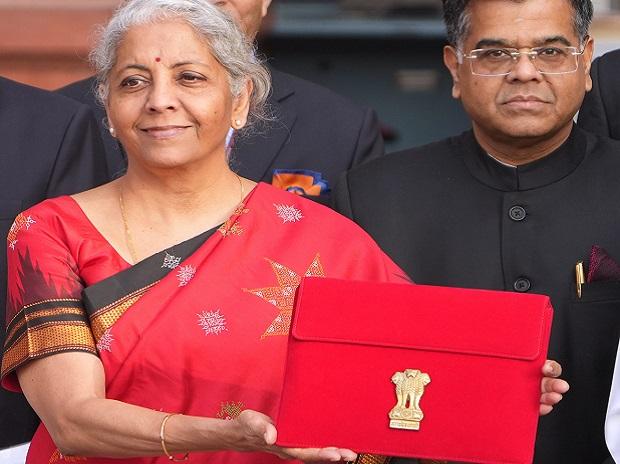[ad_1]
Union Finance Minister Nirmala Sitharaman on Wednesday raised capital expenditure (capex) by 37.4 per cent for financial year 2023-24 (FY24) to Rs 10 trillion over the Revised Estimates (RE) for FY23 to continue the public investment-led growth push amid growing global headwinds.
“Investments in infrastructure and productive capacity have a large multiplier impact on growth and employment. After the subdued period of the pandemic, private investments are growing again. The Budget takes the lead once again to ramp up the virtuous cycle of investment and job creation,” Sitharaman said in her Budget speech.
The Budget also continued the 50-year interest free loans to states, which was launched last year to spur investment in infrastructure and incentivise them to take complementary policy actions. The allocation has been increased to Rs 1.3 trillion for FY24 from Rs 1 trillion in FY23.
The direct capital investment by the Centre has been complemented with the provision of Grants-in-Aid to states for creating capital assets. While the Rs 10-trillion capex amounts to 3.3 per cent of GDP, the ‘Effective Capital Expenditure’ of the Centre is budgeted at Rs 13.7 trillion, which will be 4.5 per cent of GDP.
However, what may come as a dampener is the fact that the government slashed its budgeted capex of Rs 7.5 trillion in FY23 to Rs 7.3 trillion in the RE, highlighting capacity constraints.
The Centre spent 65.4 per cent of its capex allocation for FY23 in the April-December period, as against 70.7 per cent in the corresponding period last year.
In the post-Budget press conference, Finance Secretary TV Somanathan acknowledged the “slight deviation” in FY23, and blamed the states for the shortfall. “The central capex is going to exceed the Budget Estimates. State capex is not expected to reach Rs 1 trillion because some portions of the state capital investment scheme have reform conditions. Some states have not been able to meet some of the conditions. Therefore, we expect around 76 per cent of the state capex scheme to be spent in FY23,” he added.
Somanathan said the increments in capex for FY24 were in four key areas. “One is Railways, which has enough projects to absorb the additional capex. Second is highways, which have adequate projects running. The third is states, where there will always be a challenge. But I think states are gearing up now… The other big item is the petroleum capex for retro-fitting of refineries to meet emission standards and partly for augmenting our strategic reserves,” he added.
The Centre has allocated Rs 5,711 crore for Indian Strategic Petroleum Reserve (ISPRL) for crude oil reserve. “Taking into account the oil security concerns of India, strategic crude oil storages in underground rock caverns of 5.33 million metric tonnes (MMT) at Visakhapatnam, Mangaluru and Padur have been set up by ISPRL. Provision is for filling [these] caverns with crude oil,” according to the Expenditure Budget.
Sitharaman in her speech said the newly established Infrastructure Finance Secretariat will assist all stakeholders in increasing private investment in infrastructure. “The Harmonized Master List of Infrastructure will be reviewed by an expert committee for recommending the classification and financing framework suitable for Amrit Kaal,” she added.
Like the Rural Infrastructure Development Fund, the Budget also announced the establishment of an Urban Infrastructure Development Fund (UIDF) through use of priority sector lending shortfall. “This will be managed by the National Housing Bank, and will be used by public agencies to create urban infrastructure in tier-2 and tier-3 cities. States will be encouraged to leverage resources from the grants of the 15th Finance Commission, as well as existing schemes, to adopt appropriate user charges while accessing the UIDF. We expect to make available Rs 10,000 crore per annum for this purpose,” Sitharaman said.
Commenting on the Budget, economist Shamika Ravi tweeted: “Some opposition leaders are decrying #Budget2023 saying that increase in [government] capex will ‘crowd out’ private investments. This is not a rule in economics. In fact, there’s good empirical evidence showing the opposite for India — rising public investments have ‘crowded in’ private investments. This is largely on account of reforms.”

[ad_2]
Source link



